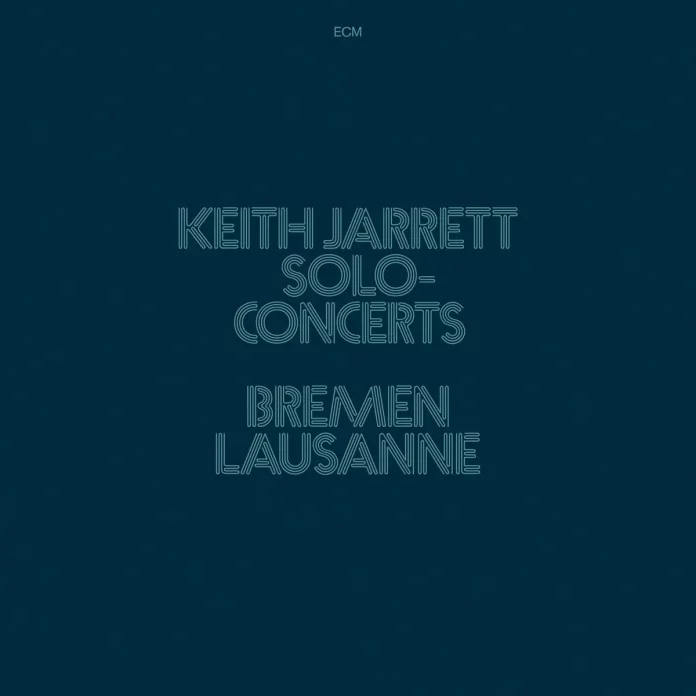Following Kenny Wheeler’s Gnu High (see my review) here is a further superb release in ECM’s Luminessence series of high-grade vinyl reissues. When this three-LP boxed set of improvised solo concerts was first released in 1973, “everyone thought [producer] Eicher and Jarrett were crazy to release such a package […]” says Ian Carr in his 1991 study Keith Jarrett: The Man And His Music.
But the boxed set won all sorts of awards and sold in extraordinary numbers: by the spring of 1987, over 350,00 sets had been shifted. As Carr tells us, “The [January 1974] Downbeat review gave it five stars and concluded: ‘If this is not music for everyone, then everyone is lost in the void.’”
Qualifying the unfortunate non sequitur, one can safely say that one person at least would seem to have been seriously lost when faced with the flowing, shape-shifting intimacy and grandeur of Jarrett’s work such as we find it here. In his 1992 The Companion To 20th-Century Music – a book praised by some for its inclusive approach but in which you can read about Charles Aznavour, but not Albert Ayler, and in which you will find no mention of, e.g., Oscar Peterson or George Russell, Bill, Gil or Herschel Evans – the journalist, author and classical music specialist Norman Lebrecht opined that Jarrett “drifted through Miles Davis’s ‘free jazz’ phase to a spaced-out New Age minimalism that provided excellent aural wallpaper”.
To which one can only say, in (mild) exasperation, ”Oh, go jump in the lake, Norman!” There is so much both to enjoy and to get one’s teeth into in this music that it has generated several extensive analyses. These concern matters such as: Jarrett’s unerring feeling for song-like melody, his ability to create and develop motifs that seem somehow familiar and yet are not; to shape music which moves effortlessly between, towards and through harmonic or tonal centres, never getting trapped within any such but rather keeping matters open to change, to metamorphosis; and to exploit a rippling diversity of classical, blues and gospel inflections, impressionist delicacy and post-Cage sounds, all rendered with a quite extraordinary command of touch and tone, line, time and dynamics, and across an emotional register delivered by both the most exquisite ad libitum delicacy and foot-stomping rhythmic power.
Beautifully packaged, the release has a large sleeve booklet which includes many photographs as well as quotations from the range of (more or less) ecstatic reviews which had greeted Jarrett’s earlier solo recording Facing You from 1971, his first session for ECM. It’s here we can learn where those famous words about the company’s recordings – “the most beautiful sound next to silence” – came from: namely, Alan Offstein’s review of Facing You for Canada’s Coda magazine.
Discography
LP1: Bremen part 1 (18.05) – Bremen part 2a (19.40)
LP2: Bremen part 2b (26.15) – Lausanne Part 1a (22.50)
LP3: Lausanne part 1b; Lausanne part 2a (19.54) – Lausanne part 2b (22.35)
Jarrett (p). Bremen, 12 July 1973; Lausanne, 20 March 1973.
ECM 350 5325
















